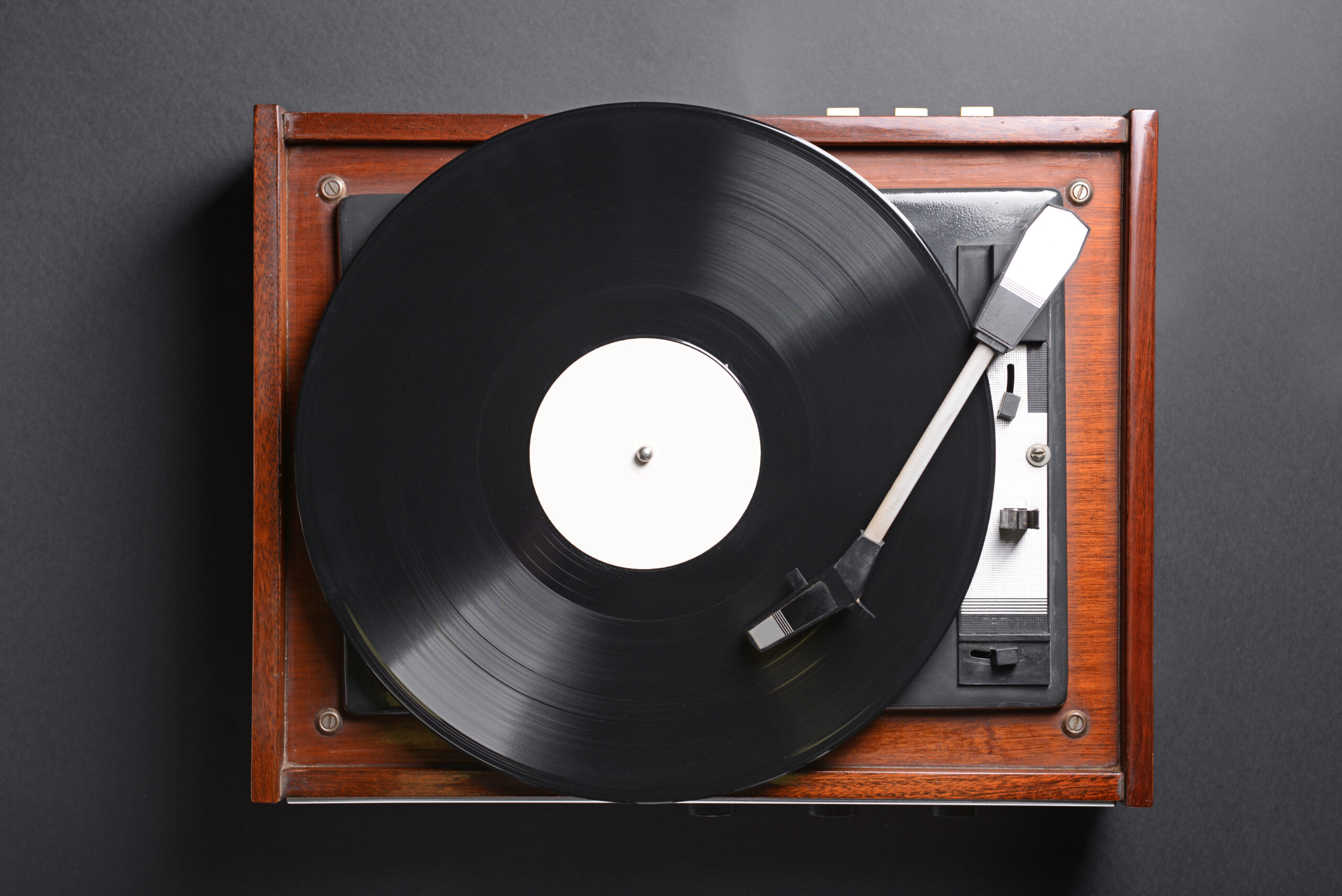Creating a vinyl record with a loved one’s ashes might sound like something out of a music video or sci-fi movie, but it’s real, meaningful, and growing in popularity. This unique form of remembrance offers a chance to blend memory, sound, and physical presence in a way that few other memorials can.
If you’re considering this tribute, here are eight things to keep in mind from someone who’s been around a lot of creative end-of-life planning.
1. Only a Small Amount of Ashes Is Needed
Most companies only require about a tablespoon of ashes per record. That means you can create multiple copies to share with family or friends or combine this with another type of memorial.
2. The Record Will Actually Play
This is not just art for the shelf. You can include music, personal recordings, spoken messages, or even ambient soundscapes. Some people press a favorite song. Others record themselves reading a letter. There’s a lot of room for creativity.
3. Expect Some Static or Surface Noise
Because the ashes are physically pressed into the vinyl, you may hear extra surface noise or crackles when the record plays. Many families find that added texture meaningful. If you’re looking for perfect audio quality, this might not be the format for you.
4. You Can Customize the Design
You get to choose the label art, the sleeve, and sometimes even the color of the record itself. Think of it as an album cover for your loved one’s life. You can include photos, quotes, handwriting, or anything else that brings their memory to life visually.
5. It’s a Keepsake, Not a Final Disposition
This process only uses a small amount of ashes. It’s considered a keepsake, not a legal form of final disposition like burial or scattering. You’ll still need to decide what to do with the remaining ashes and note that decision in your end-of-life paperwork.
6. Production Takes a Little Time
Once the ashes are sent in and the audio is finalized, it usually takes a few weeks to a few months to receive your finished record. If you’re hoping to have it for a memorial service, check timelines early.
7. Not All Record Players Are Compatible
Because the ashes are in the grooves, some high-sensitivity or precision players may skip or struggle to play the record cleanly. A basic turntable tends to work best.
8. The Cost Can Vary
Expect to pay anywhere from $1,000 to $4,000 depending on the level of customization, number of records, and shipping. If it feels steep, consider pooling funds among family or doing a single record with digital copies of the audio.
Final Thought
This option isn’t for everyone, but if your loved one loved music or you’re looking for something deeply personal, it’s a beautiful tribute. It turns grief into a physical, tangible experience that you can revisit whenever you’re ready to listen.
If you have feedback, questions, or ideas for future articles or Information Hubs, please contact us. Your insights help us create valuable content.


